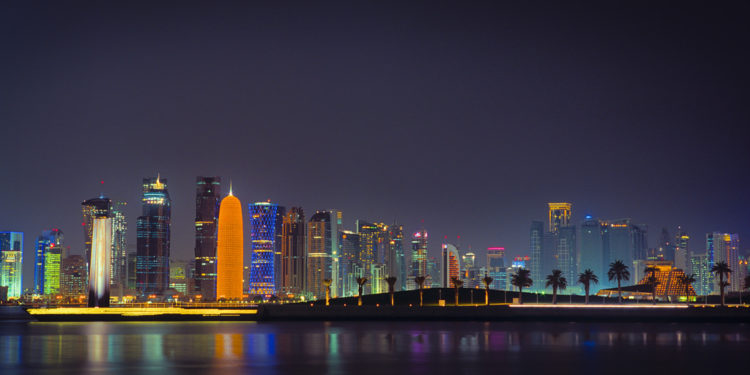S&P Global Ratings has revised its outlook on Qatar to stable from negative, on the country’s macroeconomic resilience. The ratings agency also affirmed the sovereign credit ratings at ‘AA-/A-1+’.
“We believe Qatar has effectively managed the ongoing blockade’s impact on diplomatic ties and trade and transport links. We expect economic growth to accelerate and external accounts to remain in surplus from 2018-2021, except in the event of larger declines in oil prices. We are therefore revising the outlook on Qatar to stable from negative, and affirming the sovereign credit ratings at ‘AA-/A-1+’,” the global rating agency said yesterday.
The stable outlook primarily reflects S&P’s view that Qatar will continue to effectively mitigate the economic and financial fallout of the blockade imposed on the country in June 2017 by the Arab quartet, and that Qatar will continue to pursue prudent macroeconomic policies that support large recurrent fiscal and external surpluses over 2018-2021, the rating agency said yesterday.
“We believe that the Qatari authorities have sufficient resources to continue to successfully manage the boycott fallout. The government has taken measures to ease the economic and financial impact, and we now expect larger budgetary and external surpluses at the end of 2018 than in our last review. We project Qatar will continue to operate surpluses in external accounts over our 2018-2021 rating horizon, on the back of oil prices above $51 per barrel,” S&P Global Ratings said.
As a response to the blockade, Qatar has opened new trade routes and relationships to support its high dependence on imports (estimated 35 percent of GDP). Another early effect of the blockade was the outflow of external financing for Qatari banks, primarily non-resident deposits and inter-bank placements, which were offset by liquidity injections from the Qatar Central Bank (QCB) and repatriation into the domestic banking sector of about $40bn in public sector.
“We do not expect the banks to need additional government support, and non-resident deposits have gradually returned to the banking system. Despite these temporary boycott-related setbacks, Qatar’s external balance sheet remains strong, with liquid external assets continuing to offset the country’s stock of external debt by a sizable margin. We forecast that Qatar’s net creditor position will increase by an average of 5 percent of GDP per year across our rating horizon. We view Qatar’s external position, however, as somewhat constrained by the large recurrent data discrepancies that arise between Qatar’s balance of payments and its reported international investment position, stemming from the government’s lack of disclosure on its external assets”, the rating agency noted.
Elaborating on the rationale behind revising up Qatar’s Outlook to Stable the S&P Global Ratings noted Qatari authorities are implementing a 10-year roadmap of projects over 2015-2024 to diversify the economy and prepare for the FIFA 2022 World Cup. The budget for major capital expenditure is expected to reach QR454bn (approximately $125bn), equivalent to 14 percent of GDP per year over 2015-2019, with an estimated additional QR355bn, or 9 percent of GDP, annually for 2020-2024. The projects focus on roads, hospitals, schools, and sewers, among other infrastructure needs, while direct spending on the sporting facilities to house World Cup events is estimated at about only QR19bn (equivalent to 3 percent of GDP in 2018).
Qatar holds the third-largest proven natural gas reserves in the world (at 852 trillion cubic feet) and is the largest exporter of liquid natural gas. This supports Qatar’s credit quality, and we expect Qatar’s reserves to provide many decades of production at the current levels. The hydrocarbon sector contributes about 55 percent of Qatar’s GDP, 80 percent of government revenues (oil and gas taxes and royalties, plus dividends from Qatar Petroleum), and 90 percent of exports.
The moratorium on Qatar’s massive gas field, the North Field, was lifted in April 2017. The government plans to increase gas exports by about 40 percent to 110 million tons annually (approximately 987 millions of barrels of oil equivalent) by 2023-2024. Until then, our growth assumptions factor in broadly stable gas production, cautious business activity and confidence, alongside lower private sector consumption.
The Peninsula
10/12/2018
























































